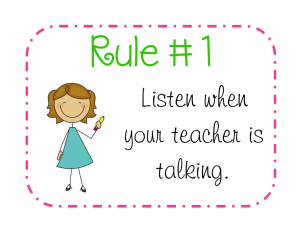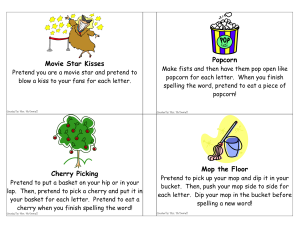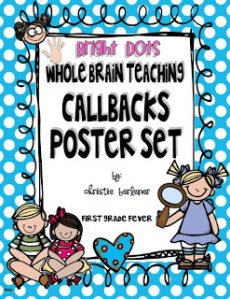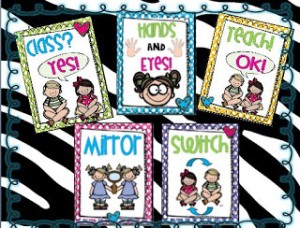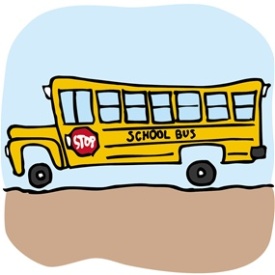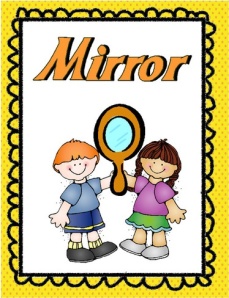April 12, 2013
Creating a classroom community centered around mutual respect is very important in whole brain teaching. According to the WBT website a teacher should incorporate a set of whole brain rules into their classroom. The rules have gestures and our to be recited everyday. My students recite their rules every morning using the appropriate gestures. Sometimes we sing them, dance them, say them in a funny voice, but no matter what we always use the gestures.
According to the official WBT website “If rules are just poster they are not really a part of your class. You must have the rules running around in your students’ minds to be effective! I call this my Oprah “Aha” moment!! Because I thought, that makes perfect sense!! In order for students to learn the rules, they must practice them everyday!!
When my students are having problems with their behavior they are quickly able to articulate the rule # they are not following and tell me how they need to fix it. Let me tell you, this is powerful!!
These rules help you foster and grow your classroom community!
The WBT rules are:
Rule One: Follow directions quickly!
Rule Two: Raise your hand for permission to speak.
Rule Three: Raise your hand for permission to leave your seat.
Rule Four: Make Smart Choices!
Rule Five: Keep your dear teacher happy!
Rules can be rehearsed throughout the day.
According to whole brain teaching research, the brain learns in five ways by seeing, saying, hearing, doing, and feeling. When students do their rule rehearsals they are seeing the signs posted, hearing the rules, saying the rules, and making the gestures!
Ashley from www.thekinderpolkadotpatch.com has whole brain teachish rules you can download. They are different then the traditional WBT rules but still have the same theme and incorporate gestures. Go to her site to see a clever way to display these rules on ribbon! You can download theses rules by clicking on the links at the bottom.
Rules Posters Rule3